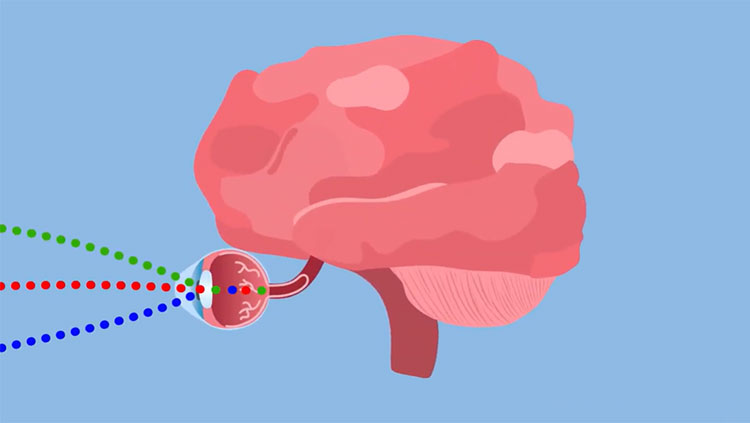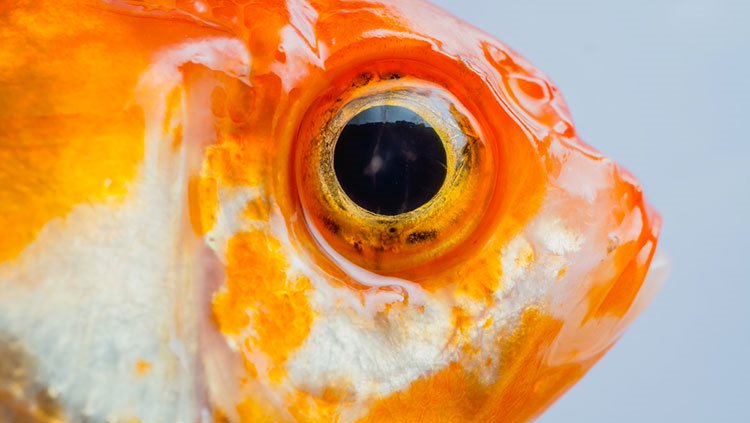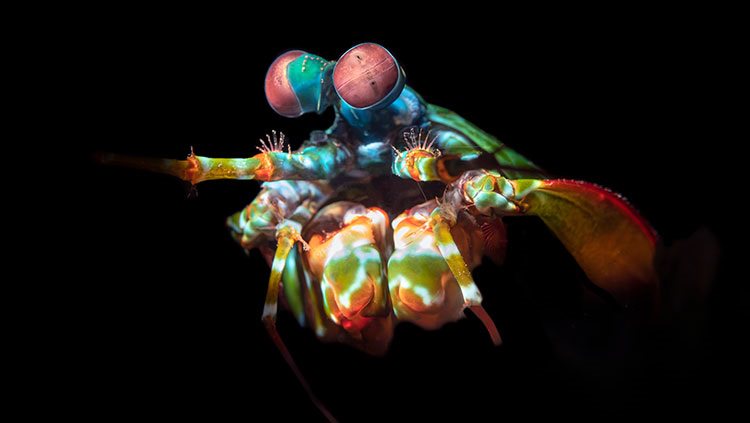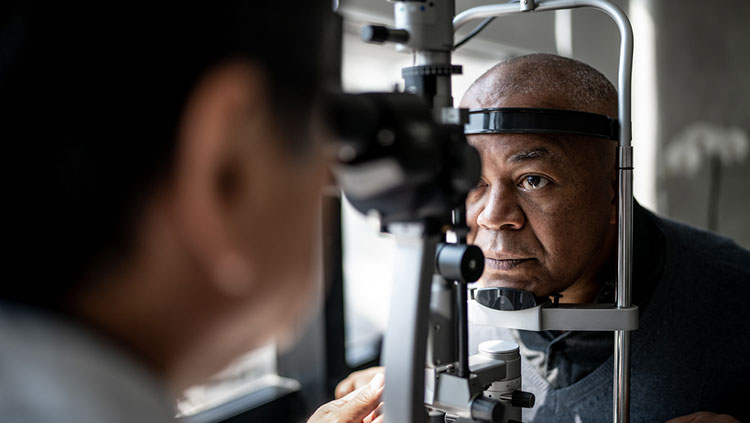Night Vision
- Published9 Jul 2019
- Author Michael W. Richardson
- Source BrainFacts/SfN
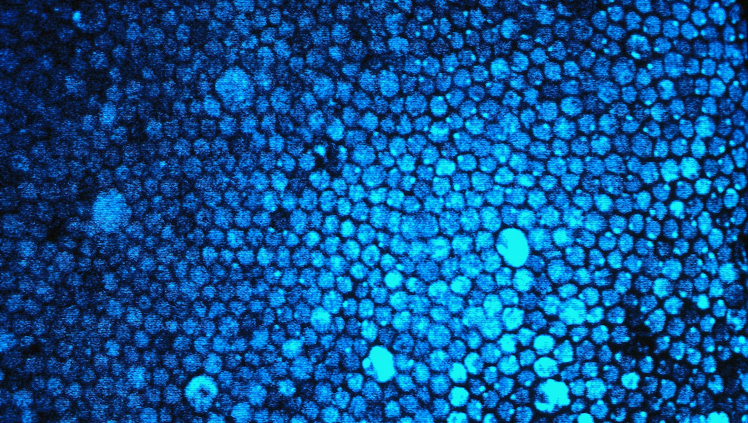
Photoreceptors in the retina take in light and spit out electrical signals that the brain interprets. The two main types of photoreceptors, rods and cones, have different jobs in this process. Concentrated near the center of the retina, the cones — the larger, sparser cells in this image — process color. The smaller rods are responsible for low-light vision. In dim light, it’s very difficult to distinguish colors, because the rods are doing the heavy lifting. The human retina has around 100 million rods and only about six million cones. But don’t let that disparity convince you to become nocturnal — animals like owls that are active at night have even more rods (and fewer cones) packed into their retinas, so hunting in the dark is a relative breeze.
CONTENT PROVIDED BY
BrainFacts/SfN
References
Kandel, E. R., Schwartz, J. H., Jessell, T. M., Siegelbaum, S. A., & Hudspeth, A. J. (Eds.). (2012). Principles of Neural Science, Fifth Edition (5th edition). New York: McGraw-Hill Education / Medical.
Ruggeri, M., Major, J. C., Jr, McKeown, C., Knighton, R. W., Puliafito, C. A., & Jiao, S. (2010). Retinal structure of birds of prey revealed by ultra-high resolution spectral-domain optical coher-ence tomography. Investigative Ophthalmology & Visual Science, 51(11), 5789–5795.
doi: 10.1167/iovs.10-5633



